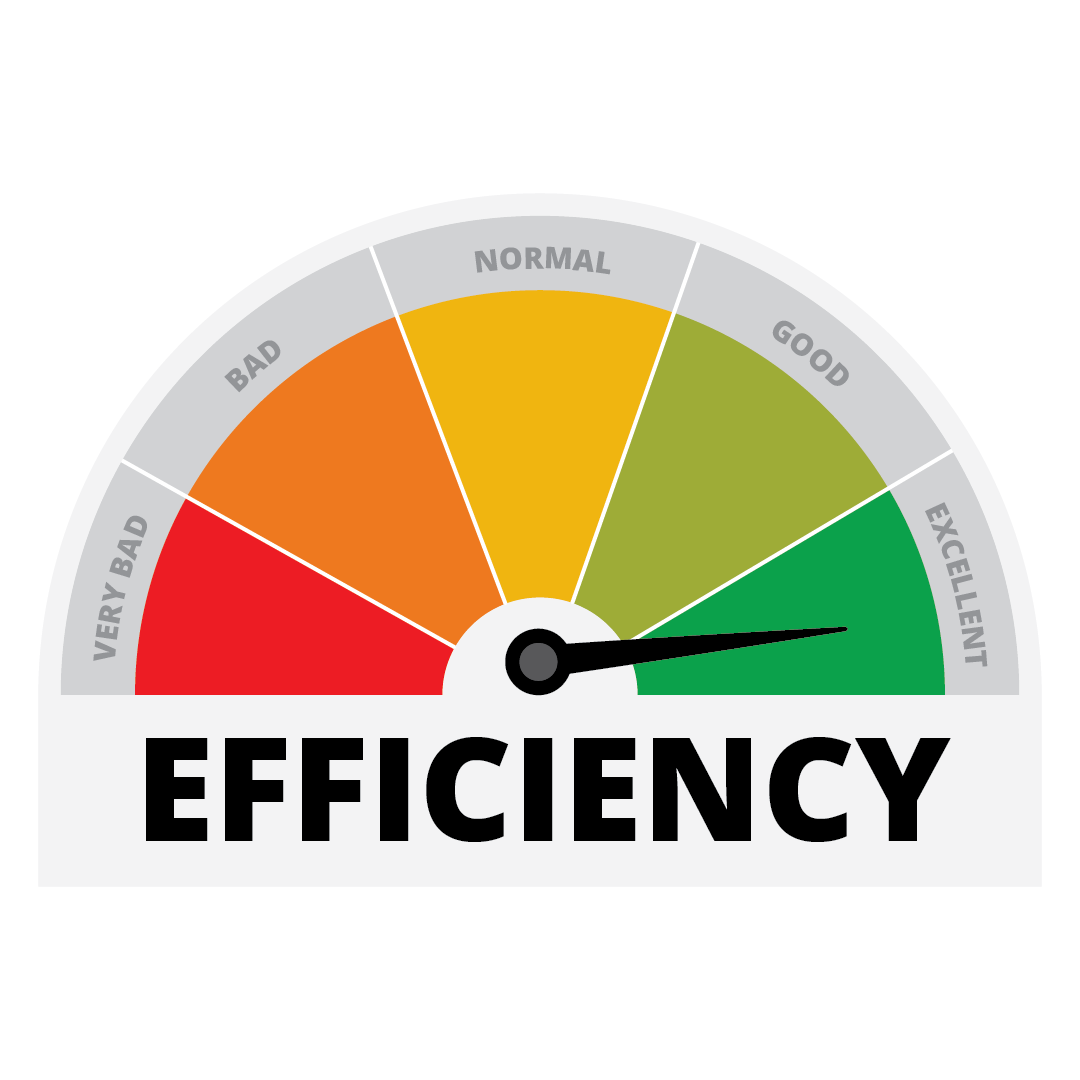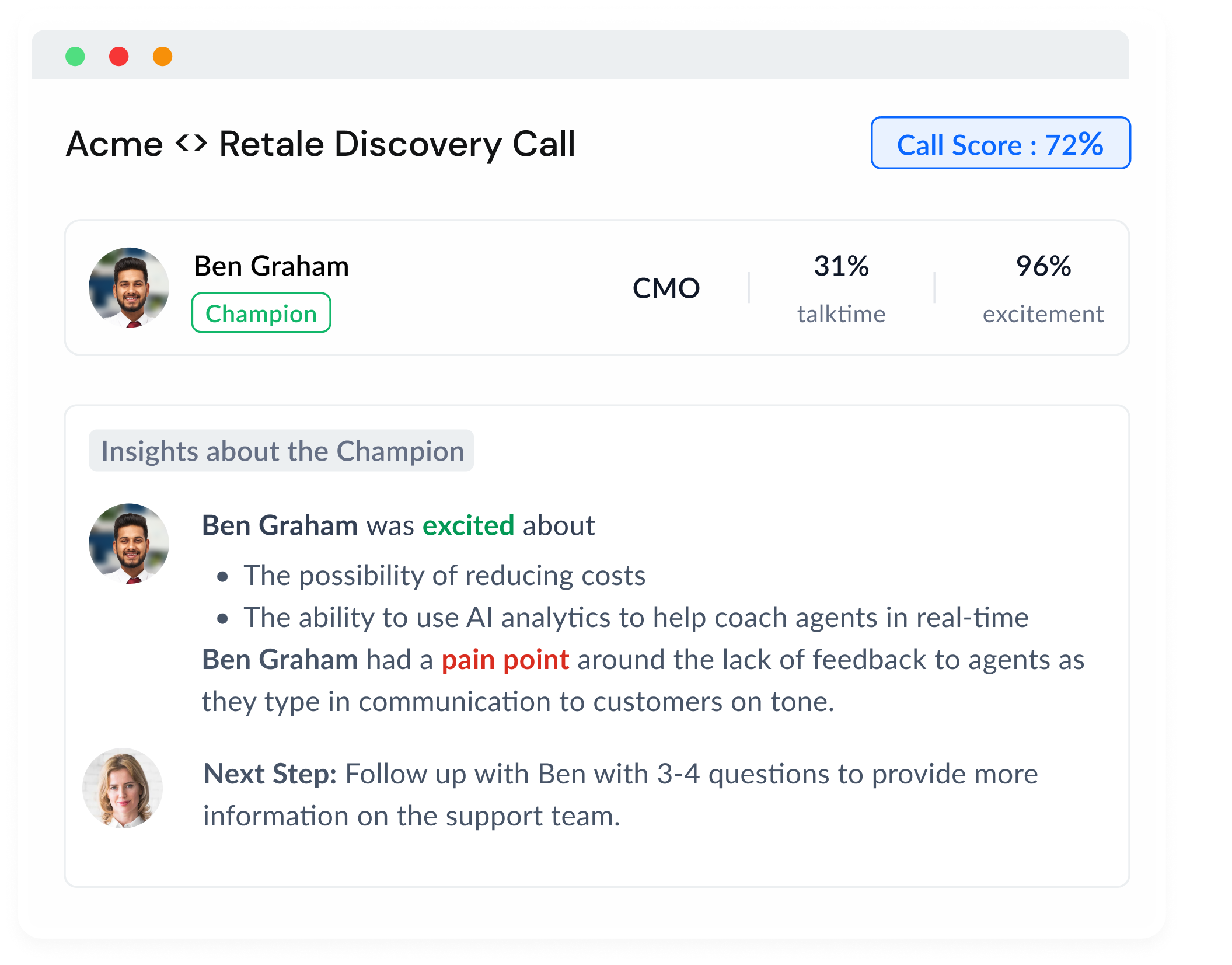In the bustling world of sales, time is money, and money is, well... also money. Efficiency is the key that unlocks the treasure chest of success. But what exactly is sales efficiency, and why is it so crucial? Let's dive in!
The Importance of Sales Efficiency
Sales efficiency is all about achieving maximum output (read: killer sales numbers) with minimum input (resources like time, money, and your sanity). It's the secret sauce that separates the sales rockstars from the struggling garage bands. Higher sales efficiency means more profitable sales, better utilization of resources, and a happier, less stressed sales team. It's like having your cake and eating it too! Now, who wouldn't want that?
Key Components of an Efficient Sales Process
An efficient sales process is like a well-oiled machine. It's streamlined, fast, and gets the job done without unnecessary hiccups. Picture it like a sleek sports car racing down the highway, weaving through traffic with ease. The key components? Clear goals, effective time management, strong customer relationships, continuous learning, and leveraging tech tools. But enough with the overviews, let's get down to the nuts and bolts, shall we?
Strategies to Enhance Sales Efficiency
Setting Clear Goals and Objectives
Step one in our guide to becoming a sales efficiency ninja: set clear goals and objectives. We're talking SMART goals here - Specific, Measurable, Achievable, Relevant, and Time-bound. This isn't just about "selling more stuff." It's about setting precise targets, like "increase software sales by 15% in Q2," and devising strategies to hit them.
And don't forget about aligning your sales and marketing objectives - teamwork makes the dream work, after all! When sales and marketing join forces, they can create a powerful, cohesive strategy that drives growth and leaves competitors in the dust.
Effective Time Management
In sales, time is your most valuable asset. Master the art of prioritization (check out the Eisenhower Matrix for a great tool) and embrace the power of time blocking to supercharge your productivity. Remember, not all tasks are created equal, so focus on what brings the biggest bang for your buck!
For instance, spending an hour crafting a perfect email to a low-value lead might not be the best use of your time. Instead, focus on high-value activities, like strategizing for a big sales pitch or nurturing relationships with key clients.
Nurturing Strong Customer Relationships
You've heard it a million times - people buy from people they like. But it's not just about being likable. It's about active listening, understanding your customer's needs, and delivering personalized solutions. It's about showing empathy, building trust, and proving that you're there to solve their problems, not just make a quick buck.
Regular follow-ups also help to keep you on top of mind and show your customers that you genuinely care about them. It's like maintaining a garden - regular care and attention will help it bloom!
Continuous Learning and Skill Development
The best salespeople never stop learning. They're always seeking to improve their skills, whether it's through sales training, workshops, or simply staying up-to-date with the latest industry trends. So embrace a growth mindset and become a lifelong learner - your sales numbers will thank you!
It's also essential to stay on top of the latest sales technologies and trends. The sales landscape is constantly evolving, and keeping your skills fresh and relevant is crucial. Whether it's learning about the latest social selling strategies or getting to grips with new CRM software, continuous learning will keep you at the top of your game.
Leveraging Sales Tools and Technologies
Sales tools and technologies are like your trusty sidekicks, helping you save time, stay organized, and make data-driven decisions. Imagine having your own Avengers-style team backing you up - that's what these tools can do for your sales process.
Customer Relationship Management (CRM) Systems
CRM systems like Salesforce or HubSpot are the superheroes of the sales world. They streamline your sales processes and centralize customer data, making it easier to manage leads, track interactions, and close deals. It's like having your own personal assistant who never takes a coffee break.
But it's not just about organization. CRM systems can provide valuable insights into customer behavior, helping you tailor your sales strategies and improve conversions. They can show you which leads are most likely to convert, which sales strategies are most effective, and where there are opportunities for upselling and cross-selling.
Sales Automation Tools
Ever wish you could clone yourself to get more done? Sales automation tools are the next best thing. They can take care of repetitive tasks like sending follow-up emails or scheduling meetings, freeing up more of your time for high-value activities.
Imagine being able to automate your entire email follow-up sequence, ensuring that no lead falls through the cracks. Or having a tool that automatically schedules meetings with leads, eliminating the endless back-and-forth emails. That's the power of sales automation.
AI-Powered Sales Analytics
Welcome to the future, where AI is your personal sales coach. AI-powered sales analytics tools like Sybill join your sales calls, analyze every moment, and provide insights into your buyer's verbal and non-verbal responses. It's like having a crystal ball that reveals what your customers really think!
These insights can help you tailor your sales strategies and improve your communication skills. For example, if the AI detects that a customer's interest piques when you mention a particular feature, you can focus more on that aspect in your future interactions.
Communication and Collaboration Tools
Good communication is the backbone of any successful sales team. Tools like Slack or Microsoft Teams can help improve internal communication and foster better collaboration, especially if you're working with a remote sales team.
These tools allow for instant communication and collaboration, making it easy to share updates, discuss strategies, and solve problems as a team. They also integrate with other tools like CRM systems and project management software, creating a seamless workflow.
Adapting to Buyer Behavior
Here's where things get really interesting. In sales, one size does not fit all. Your approach needs to be as unique as your customers.
Identifying Verbal and Nonverbal Cues
Understanding your buyer's verbal and nonverbal cues is a game changer. Are they using positive language? Do they lean in when you talk about a certain feature? Or are they crossing their arms and looking disinterested?
Tools like Sybill can help decode these cues, giving you the upper hand. It's like being a poker player who can always tell when their opponent is bluffing - you'll always be one step ahead.
Tailoring Sales Presentations
Once you've got a read on your buyer's behavior, it's time to tailor your sales presentation accordingly. Customize your content to cater to their preferences and address their concerns directly. This shows that you're not just trying to make a sale, you're trying to provide a solution that meets their specific needs.
For instance, if a customer shows interest in your product's security features, tailor your presentation to highlight these aspects. Show them how your product can provide the security they need, and present case studies or testimonials from other customers who have benefited from these features.
Likewise, if a customer is price-sensitive, focus on demonstrating the value and ROI of your product. Show them how your product can help them save costs in the long run or provide benefits that outweigh the price.
Measuring Sales Efficiency
You can't improve what you can't measure. But don't worry, we're not about to throw you into the deep end without a lifeline. Here's where key performance indicators (KPIs) come into play.
Key Performance Indicators (KPIs)
KPIs are like the GPS for your sales journey. They help you determine where you are, where you're going, and how fast you're getting there. Key sales KPIs can include conversion rates, sales cycle length, average deal size, revenue per sales rep, and customer acquisition cost.
These metrics give you a clear picture of your sales efficiency, helping you identify what's working and what's not. For example, if your conversion rate is low, it might indicate that you need to improve your sales pitch or qualification process. If your sales cycle is too long, you might need to streamline your sales process or improve your follow-up strategy.
Regular Performance Reviews
And we're not just talking about annual reviews here. Regular performance reviews - monthly, quarterly, whatever works for your team - are a must. They provide an opportunity to assess performance, set new goals, and identify areas for improvement.
But remember, reviews shouldn't just be about critiquing performance. They should also be an opportunity to celebrate successes, recognize achievements, and motivate your team. A motivated sales team is an efficient sales team!
Conclusion: The Path to Greater Sales Efficiency
Sales efficiency isn't a destination, it's a journey. It requires a commitment to continuous improvement and a willingness to embrace change and innovation. The path may not always be easy, but the rewards - higher sales, happier customers, and a more productive team - are well worth the effort.
So there you have it - your roadmap to sales efficiency. Armed with these strategies, tools, and insights, you're ready to conquer the sales world. Now go out there and sell like you've never sold before! And remember, Sybill is always here to lend a helping hand (or an AI-powered analysis).
Embrace the journey, and let's make sales efficiency the name of the game. Because, in the end, being a rockstar isn't just about the applause. It's about knowing you've given your all and watching that effort translate into results. Happy selling!















.png)





